Introduction to Magnets

Prerequisites Required- None
Humans have been studying rocks for a long time. Each kind of rock is valued for different reasons including hardness, strength, color, scarcity, and more.
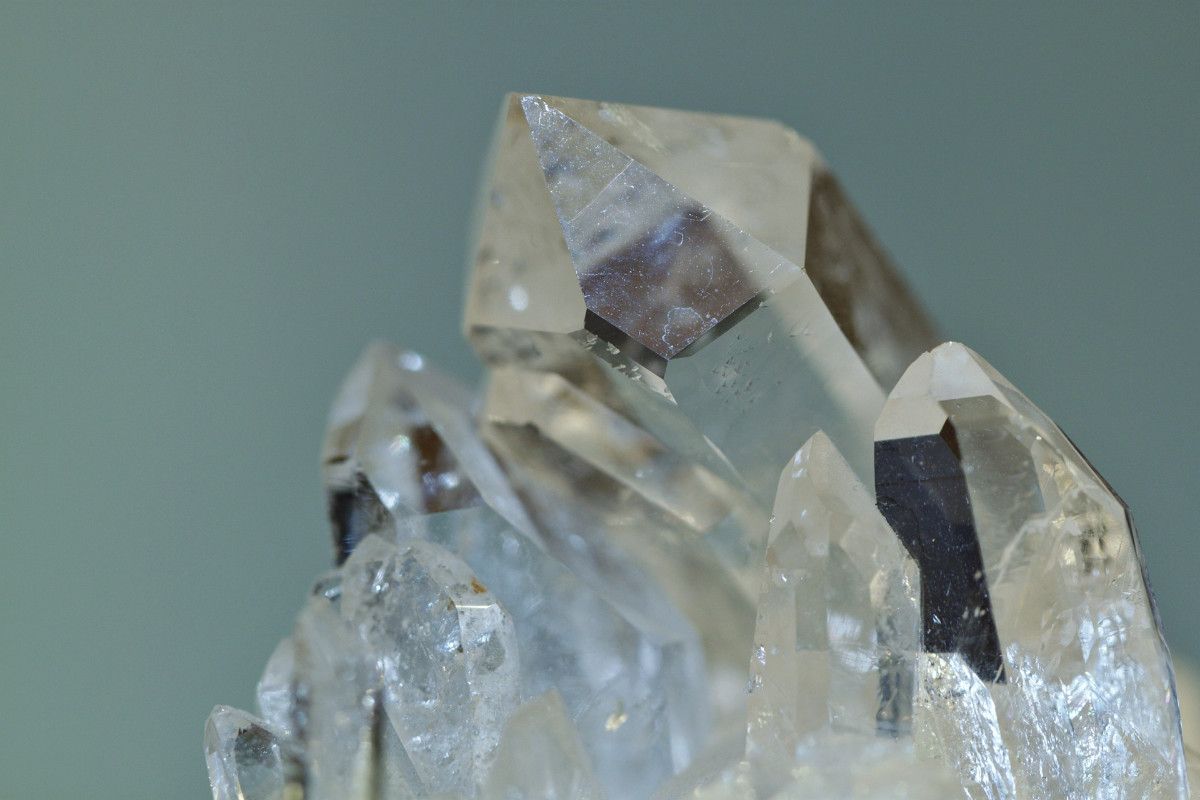
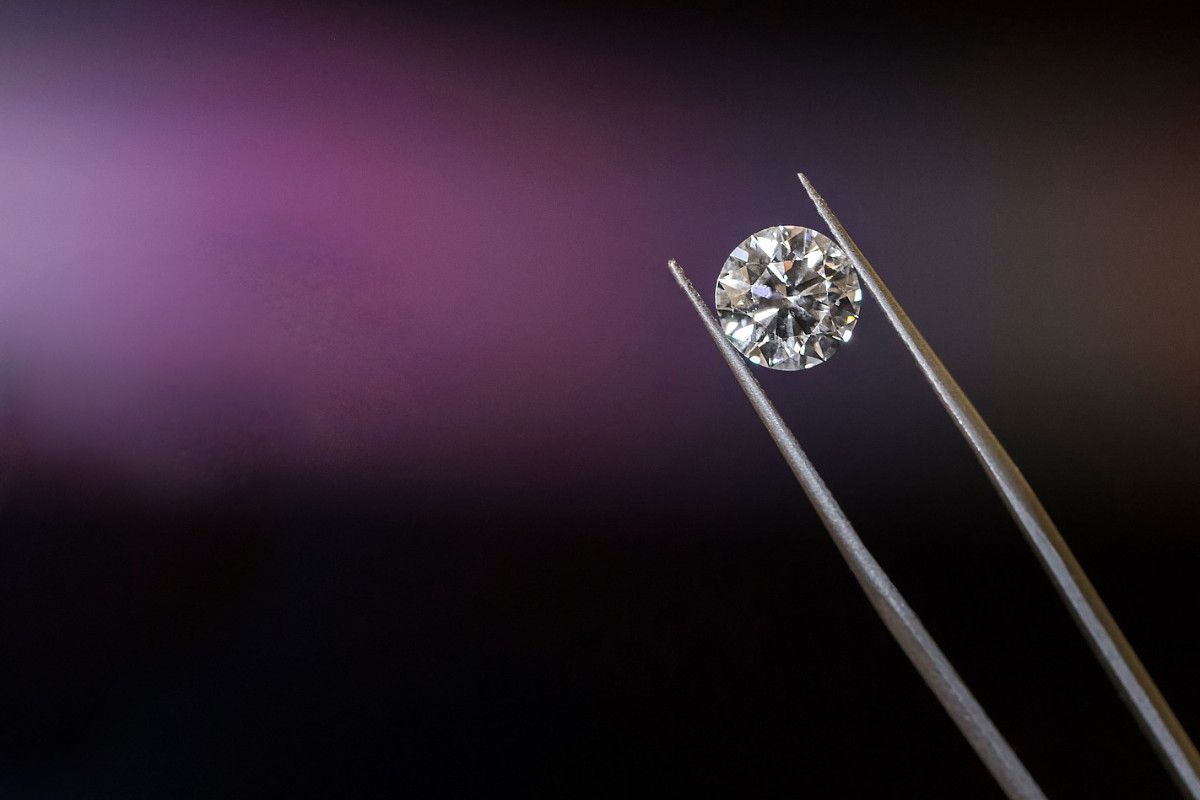
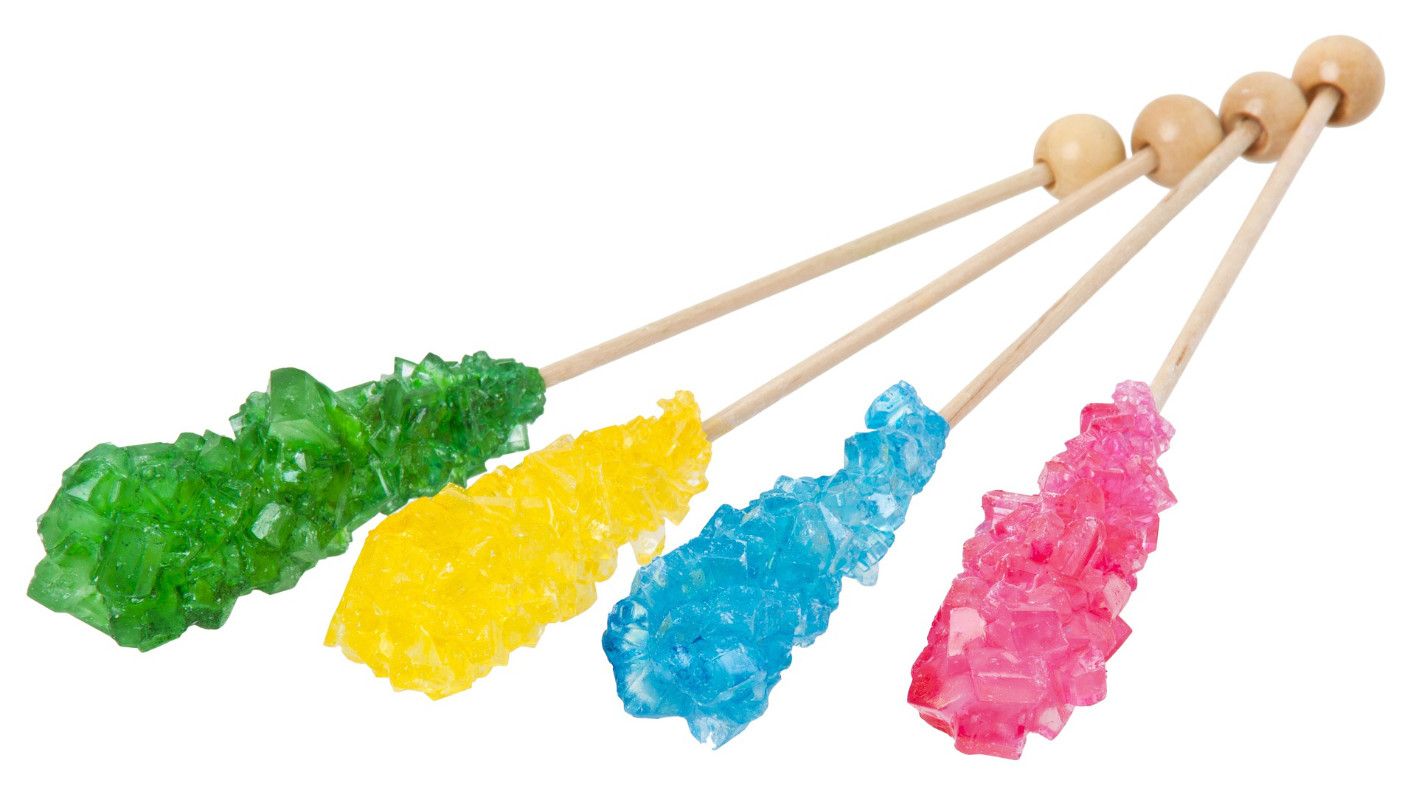
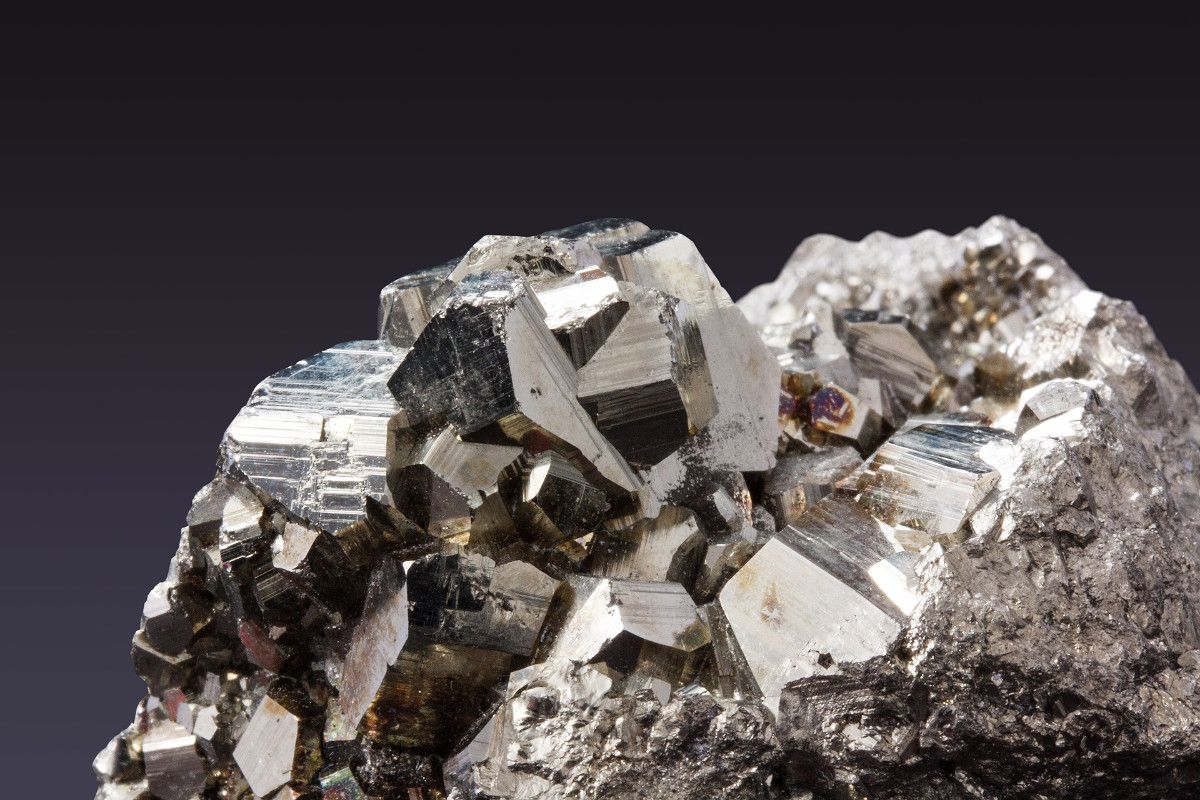
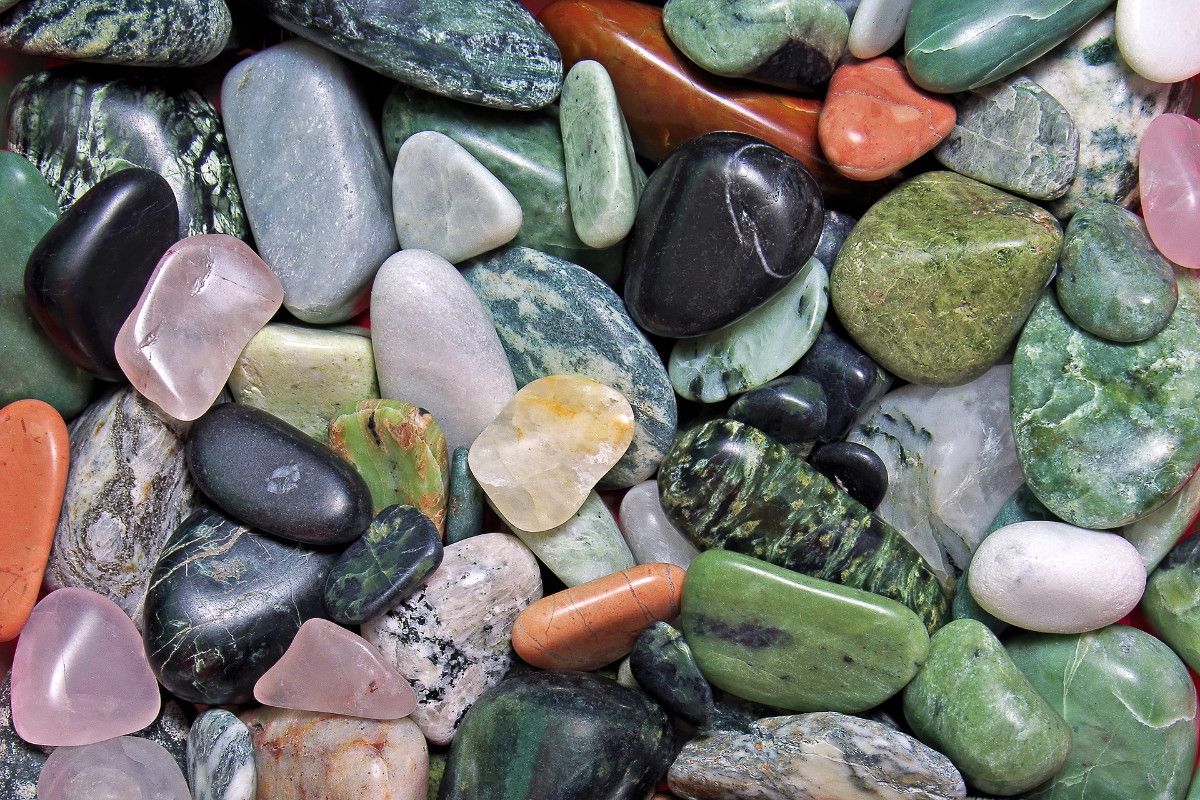
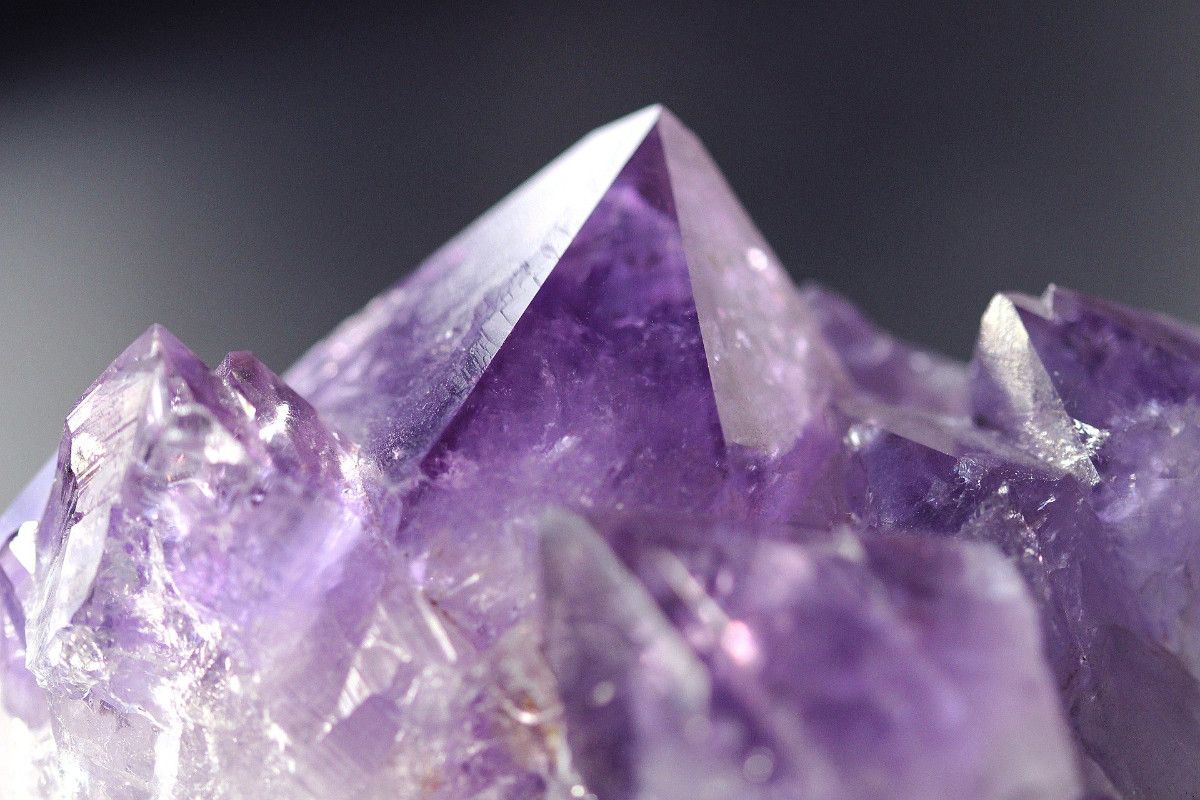
Figure 1: All photos courtesy of pixabay. Upper Left- Quartz, by Cocoparisienne | Upper Center- Diamond, by GrownDiamond | Upper Right- Rock Candy, by WikimediaImages | Lower Left- Pyrite, by Stux | Lower Center- Smooth River Rocks, by Camera-man | Lower Left- Amethyst, by Dieter444
This article is about a very special kind of rock called lodestone.
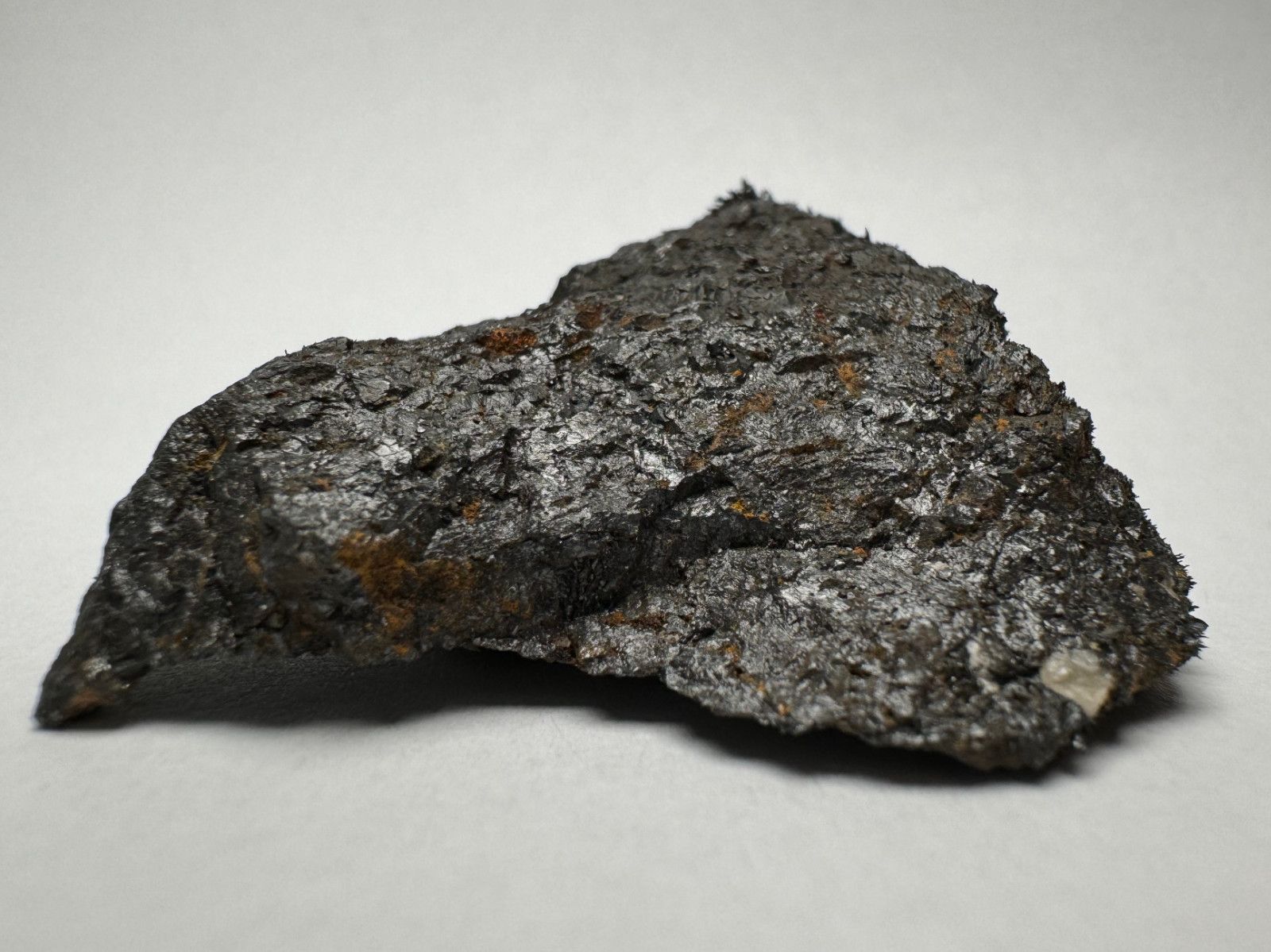
Clearly lodestone isn't valued for its looks. What makes lodestone special is that it attracts iron shavings and steel! We call this property magnetism.
Figure 3: Steel objects and iron shavings are attracted to lodestone. When rotated upside down, many steel objects will defy gravity and remain attached to the lodestone.
Though lodestone is relatively rare (you're unlikely to find it in a random pile of dirt) its existence has been known for thousands of years. There is evidence that the ancient Greeks, Chinese, and Olmec civilizations had all discovered lodestone.
Though helpful for holding onto nails and other small steel objects, lodestone's most valuable historical application was for navigation. We can create a compass by placing the lodestone into a dish that is then floated on water.
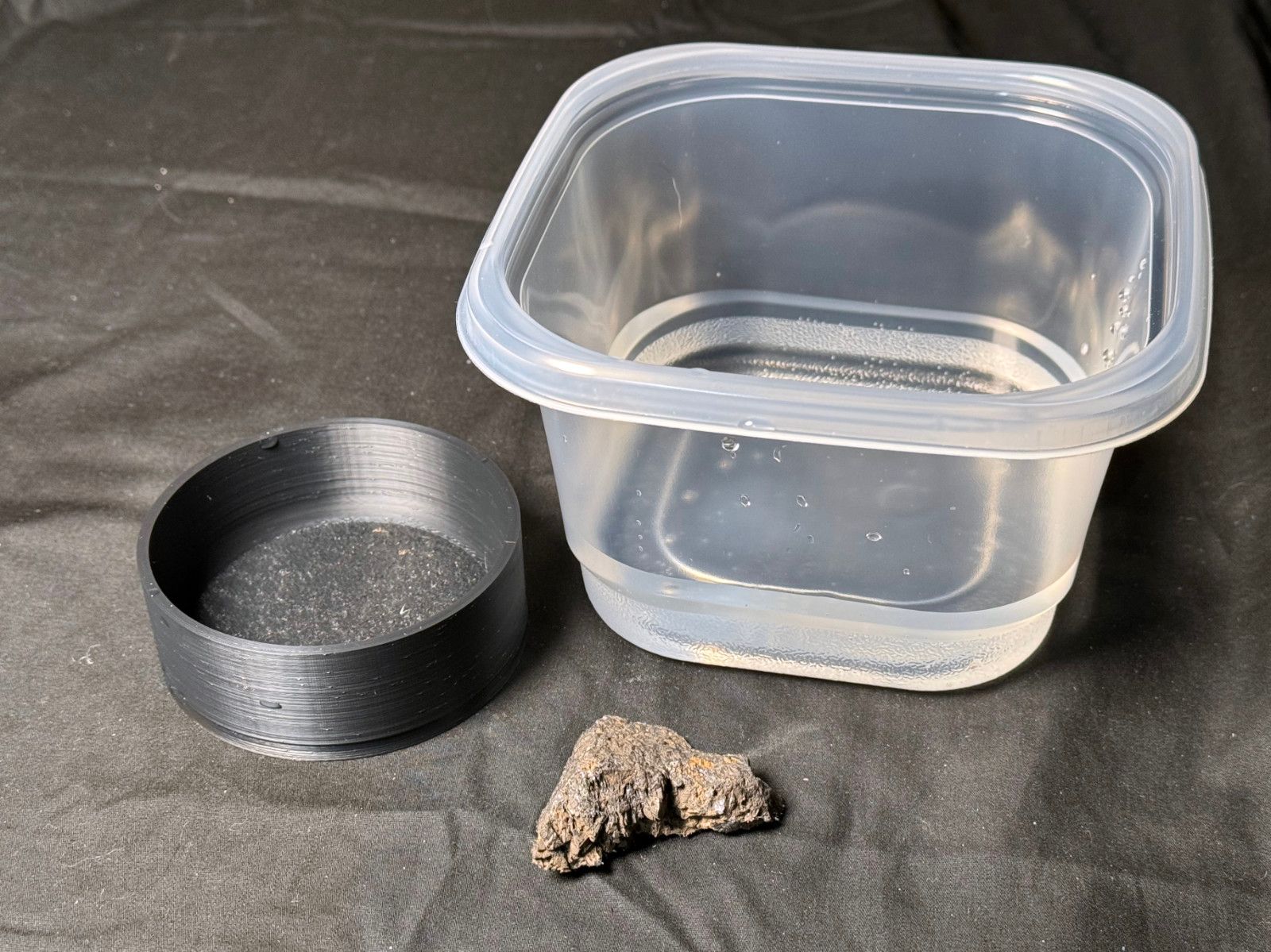
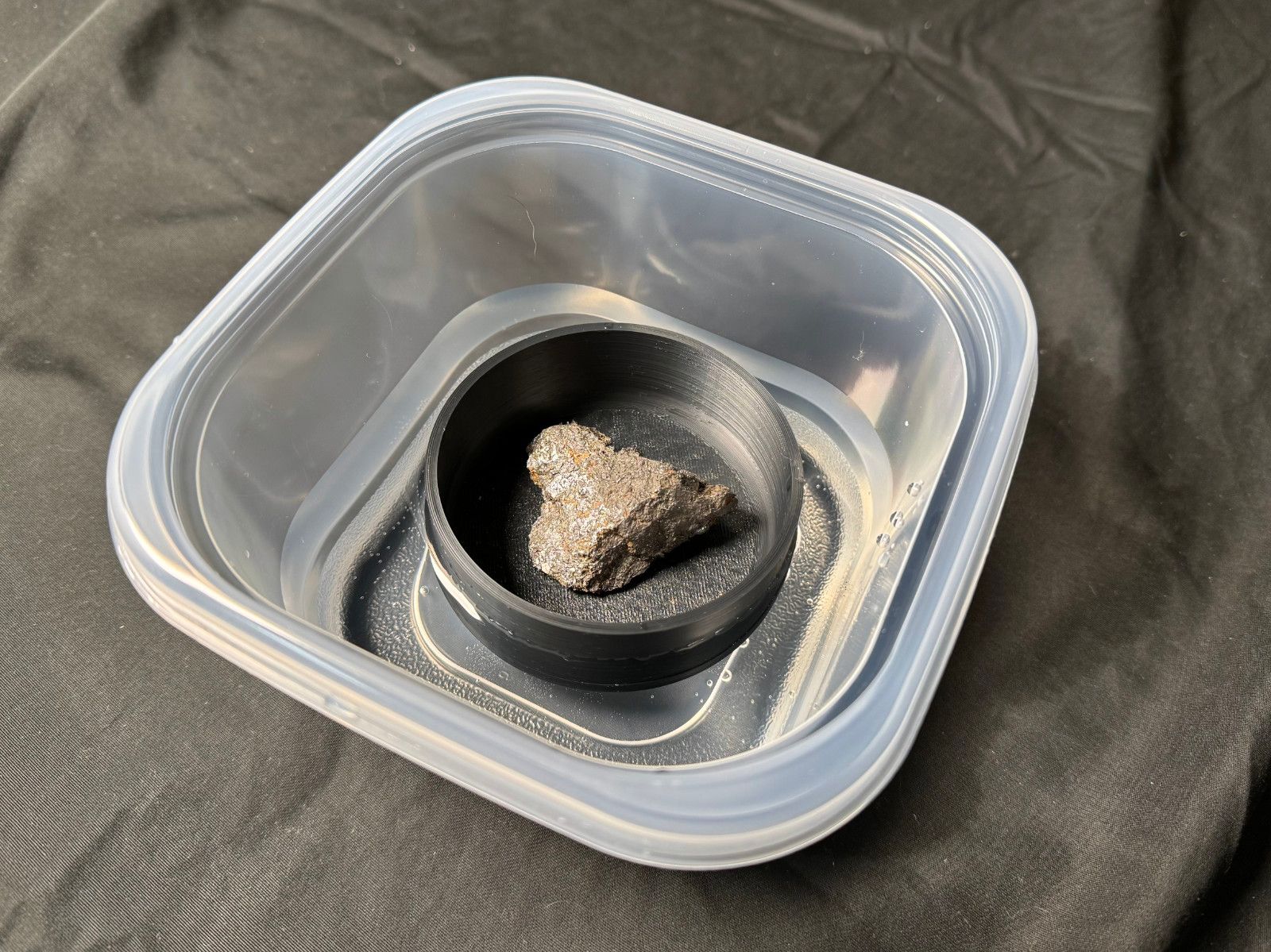
Figure 4:Left- To make a lodestone compass, all that is needed is lodestone, a dish, and a bowl of water | Right- Assembled lodestone compass
After floating the dish, we observe that the loadstone rotates to a consistent orientation! This is the lodestone aligning itself with the Earth's natural magnetic properties.
Figure 5: Lodestone compasses rotate themselves to a consistent orientation
If we know which direction is North and we add an arrow onto to the stone pointing in that direction, we can now measure orientation!
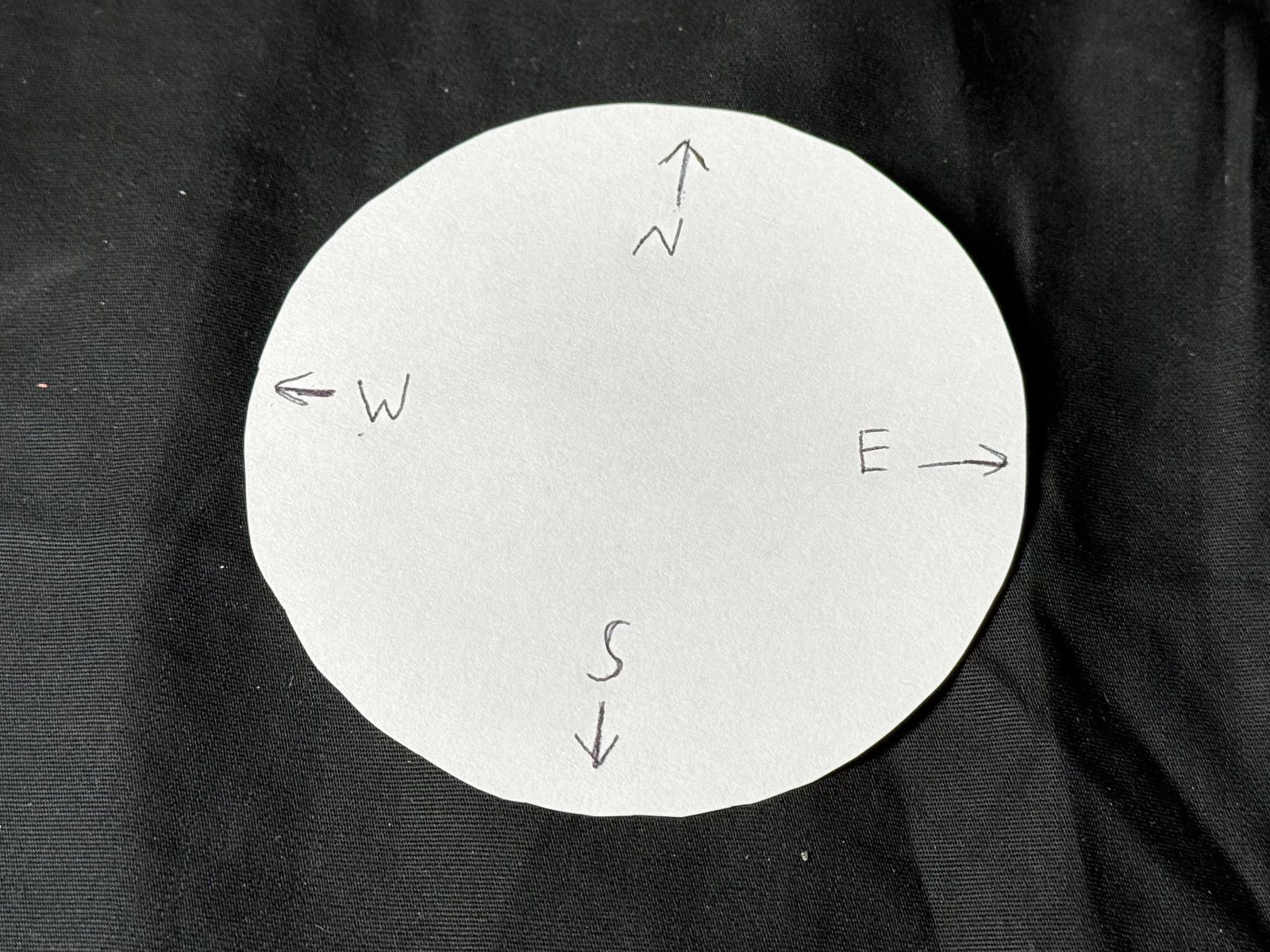
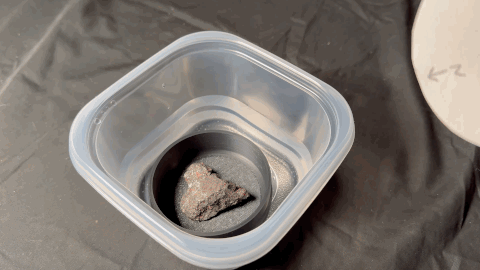
Figure 6:Left- Directional arrows | Right- Placing directional arrows onto loadstone compass
As we can see below, even when disturbed, the device will rotate and stabilize to point North.
Figure 7: With the directional arrows placed onto the lodestone compass, it can now be used to consistently measure orientation.
Another interesting property of lodestones is that they can cause other objects to display magnetic properties. Let's consider a needle. As shown below, when floated onto water, a needle normally doesn't possess any particular preference for orientation.
Figure 8: Needles have no natural orientation when floated on water.
We can rub the needle onto the loadstone with large strokes. Nothing immediately interesting appears to happen.
Figure 9: Rubbing a needle on lodestone.
When we float the needle back on the water, we now observe that it consistently reorients itself!
Figure 10: After rubbing the needle on lodestone and floating it onto water, it shows a preferred orientation.
The Modern Compass
Today, engineers have designed cheap and compact magnetic compasses. These compasses operate on identical principles to the lodestone and needle compasses but have been efficiently designed and miniaturized. Given their size and cost benefits (each of these compasses cost only $0.25), we will be using modern compasses for future explorations involving magnetics.
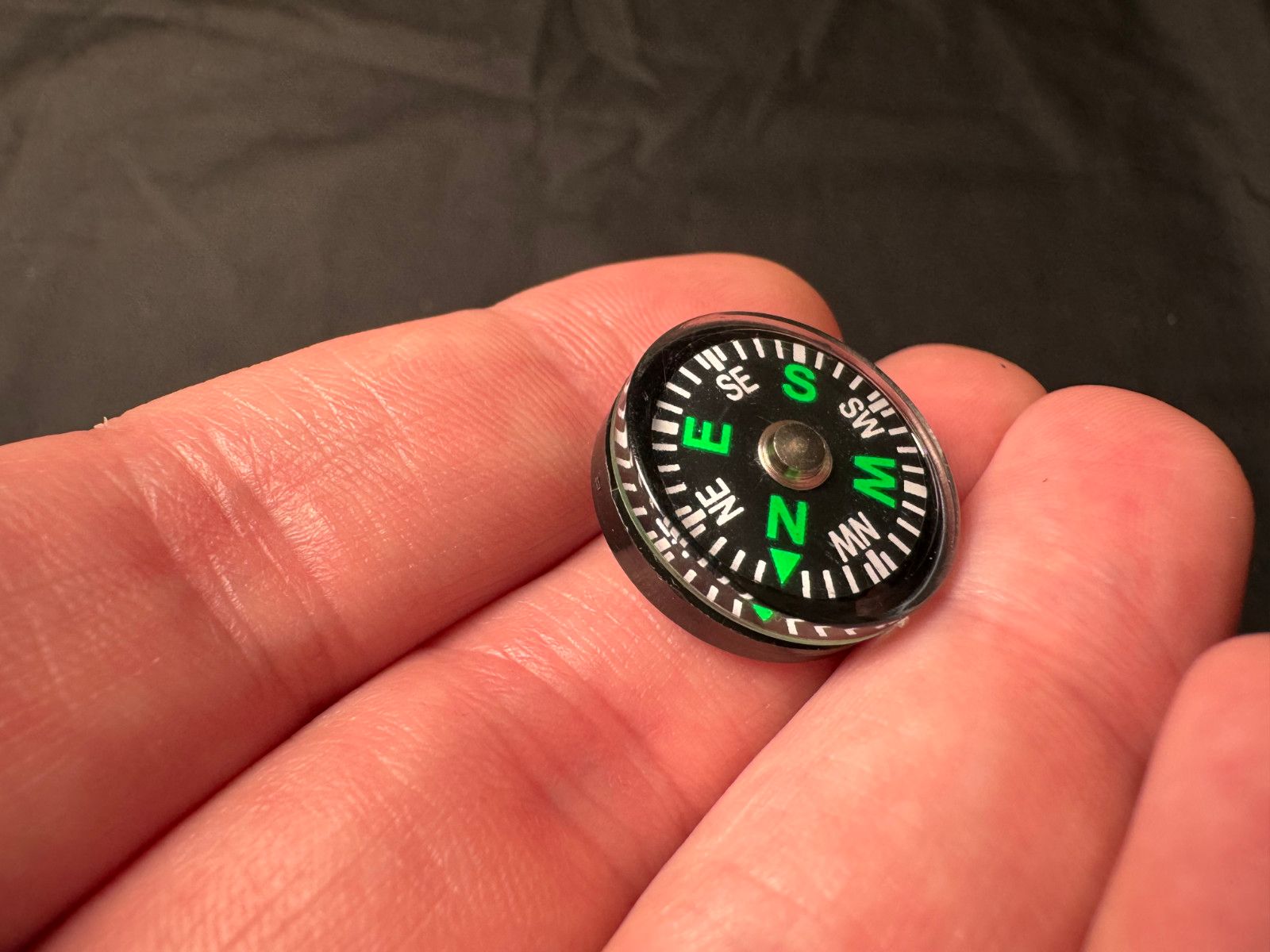
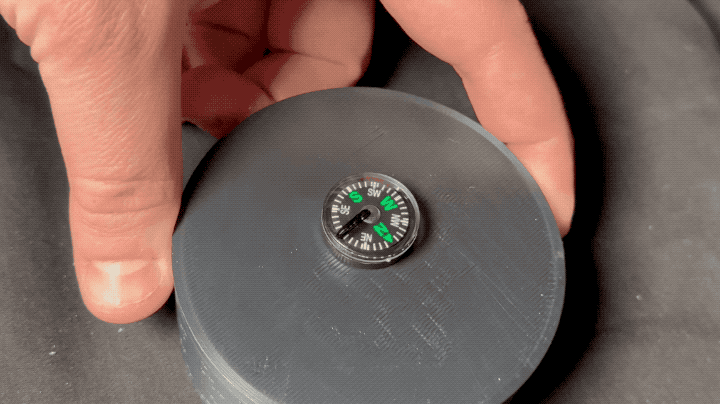
Figure 11: The modern compass is compact and affordable.
